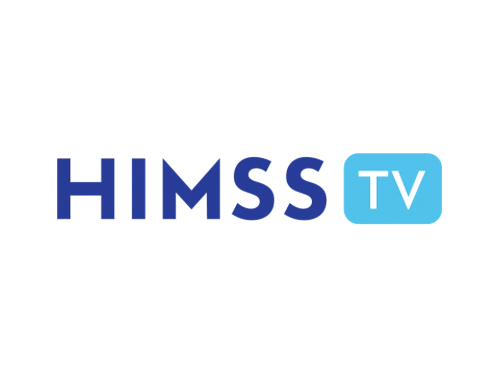Compared to personal drivers, commercial truck drivers are 23 times more likely to cause an accident when texting while driving, seven times more likely when reaching for their phone, and six times more likely when dialing a phone.
With the number of distracted drivers rising, the issue is more prevalent than ever. Along with the worst-case scenario of causing a fatal crash, other significant negative impacts on fleet operators remain, including higher insurance costs, decreased productivity and efficiency, and damage to corporate reputations.
So, how can fleet operators address distracted driving? Telematics, when used as part of fleet technology, helps fleet operators establish policy updates and driver coaching programs to maintain safe driving practices. Here’s how fleet technology can help on and off the road.
Monitor driver behaviour
Dash cameras can monitor driver behaviour, including distractions such as texting, eating, or using a mobile device while driving. Fleet technologies also can be established to send alerts to drivers when they are exhibiting behaviour that could lead to distracted driving, such as speeding or weaving within a lane. These alerts help remind drivers to focus on the road and avoid distractions.
By implementing safety solutions, fleet businesses of any size can reduce insurance and collision costs, assist in fleet maintenance management, offset the impact of volatile fuel prices, and provide high-level visibility into how your fleet is running. In addition, these scores help fleet operators identify drivers who need additional coaching and training to improve their driving behaviour.
In-cab technology
Telematics systems can be used and integrated with in-cab technology such as AI-enabled smart cameras, cell phone usage detection apps, and Bluetooth, to provide drivers with hands-free access to navigation and communication. This can reduce distractions caused by using mobile devices while driving, ensuring safer operation of the vehicle, and leading to lower maintenance costs and reduced risk on the road.
Vehicle telematics gives visibility into critical areas of fleet management. It can help protect people and assets with features like starter disable, remote panic button, and one-touch driver communication. Keeping people safe is priceless, but reducing any preventable costs from distracted driving is also essential.
The accountability that telematics like GPS tracking provides aids in identifying the behaviours that cause high labour and maintenance costs. If a truck is out of commission due to an accident, that’s one less truck a fleet manager has to ensure business continuity.
While many fleets are utilizing GPS tracking, dashcams are gaining popularity to help fleet operators reach their safety goals. Video solutions become reliable witnesses by automatically capturing accidents and unsafe events on the road because the results of distracted driving are not always the fleet driver’s fault.
Businesses can view event videos to understand at-fault crashes, improve coaching measures, and exonerate drivers from false claims. Exonerating drivers from false claims helps reduce insurance and maintenance costs resulting from the collision.
If a truck is out of commission due to an accident, that’s one less truck a fleet manager has to ensure business continuity.
Driver coaching
Independent videos are leveraged quite a bit by fleet managers for online driver safety training because they show real-life incidents that can teach drivers how to improve their behaviours on the road. Managers can point to an event, describe what the driver did, review how best to respond and trust that the drivers will make the same decisions if a similar situation happens in the field.
Smart cameras also provide fleet managers with evidence of bad driver habits so they can set them up with coaching sessions to improve the situation moving forward. Drivers should also be able to see the camera footage to help them be more aware of their behaviours and allow drivers to self-coach in real time before a fleet manager is required to step in.
Driver data
The driver data collected from telematics technologies help by recording safety violations like speed, phone use, or running a red light. They can be used to set measurable safety goals, allowing fleet managers to correct behaviours before an accident occurs.
Reduce insurance costs
Safety technologies like GPS tracking and dashcams not only improve driver behaviour and reduce incidents, but they also provide proof that the company has safety measures in place, prompting many insurance companies to offer discounts.
Overall, fleet safety technologies are critical to helping prevent distracted driving, improve safety, increase efficiencies in scheduling and delivery, lower costs, and retain talented drivers. By monitoring driver behaviour, providing coaching and feedback, and using technology to reduce distractions, high insurance costs can be avoided, and fleet managers can help ensure their drivers stay safe and focused on the road — helping keep the roads clear so drivers can reach their destination safely.
See more at: https://www.insidelogistics.ca/opinions/how-telematics-can-lower-the-costs-of-distracted-driving/





